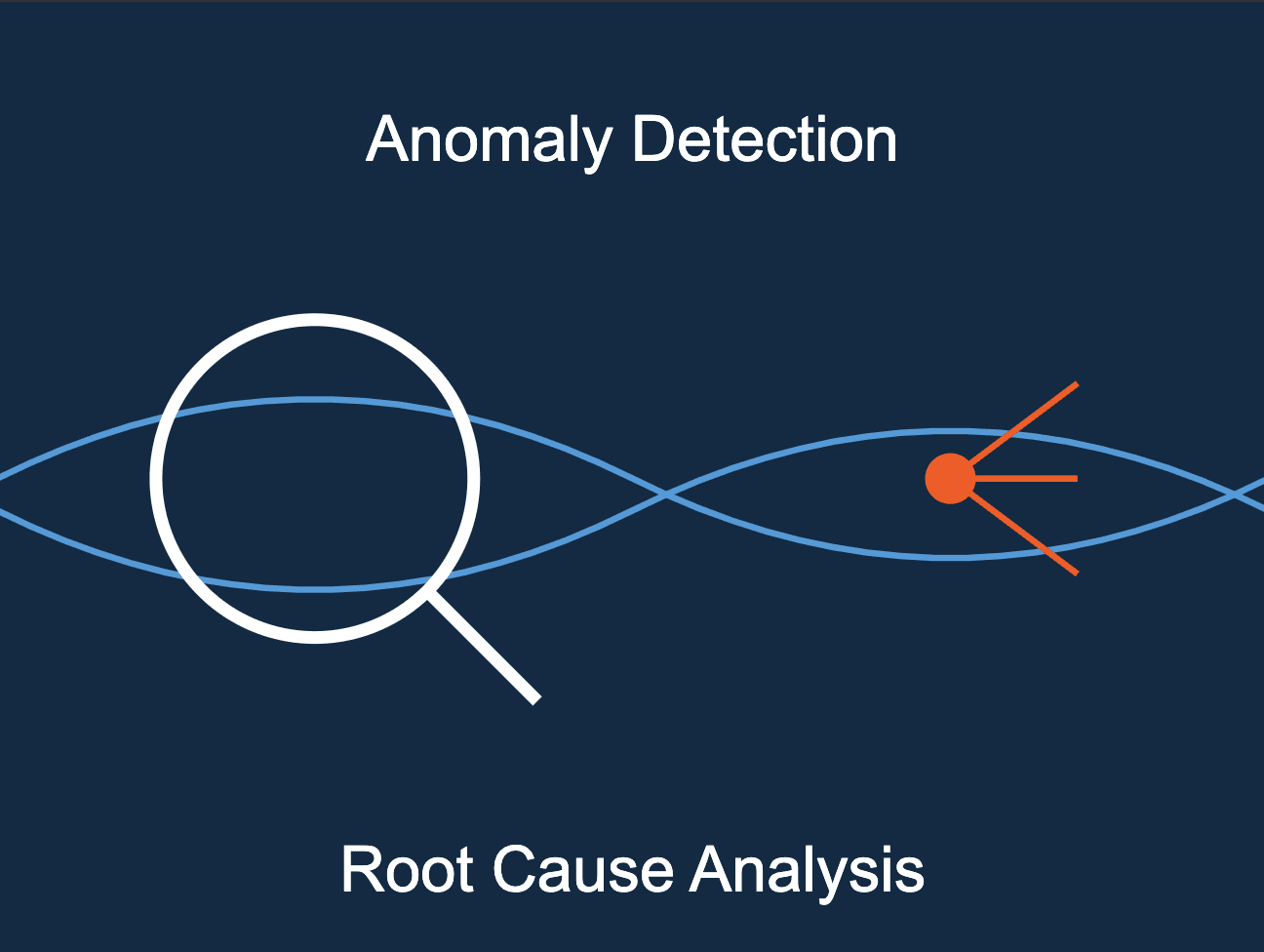How Anomaly Detection and Root Cause Analysis Can Transform Your Operations
Sep 23, 2024
In the fast-paced world of customer support, staying ahead of issues is crucial. Support operations teams are increasingly turning to advanced techniques like anomaly detection and root cause analysis to supercharge their performance. Let's dive into how these powerful tools can transform your support operations from reactive to proactive.
Anomaly Detection: Your Early Warning System
Imagine having a crystal ball that alerts you to potential problems before they spiral out of control. That's essentially what anomaly detection does for support teams. By leveraging AI-powered algorithms, you can spot unusual patterns that might slip past the human eye.
Key Areas to Monitor:
Ticket Volume Surges: Sudden spikes in support requests often signal underlying issues. Is there a product bug? A system outage? Anomaly detection helps you catch these early.
Customer Behavior Shifts: Are customers suddenly using a feature differently? Or perhaps abandoning it altogether? These changes can indicate usability issues or unmet needs.
System Performance Hiccups: Detecting unusual patterns in system metrics can help you preempt outages or performance bottlenecks.
Pro Tip: Set up automated alerts for detected anomalies. The sooner you know, the faster you can act!
Root Cause Analysis: Solving Problems at Their Core
While anomaly detection tells you when something's amiss, root cause analysis helps you understand why. It's like being a detective, piecing together clues to solve the mystery of recurring issues.
Your Root Cause Analysis Toolkit:
The 5 Whys Technique: Keep asking "why" until you uncover the underlying cause. It's simple but surprisingly effective.
Ishikawa (Fishbone) Diagrams: Visualize potential causes across different categories like people, processes, and technology.
Pareto Analysis: Identify the vital few causes responsible for the majority of problems.
Remember: The goal isn't just to fix the immediate issue, but to prevent its recurrence.
Transforming Your Support Ops: The Power of Integration
When you combine anomaly detection and root cause analysis, magic happens. Here's what you can achieve:
Proactive Problem-Solving: Address issues before customers even notice them.
Efficiency Boost: Reduce time spent on repetitive issues by solving them at the source.
Customer Satisfaction Surge: Faster resolutions and fewer recurring problems lead to happier customers.
Cost Reduction: Prevent costly escalations and reduce the overall volume of support tickets.
Data-Driven Decisions: Use insights gained to inform strategic decisions and resource allocation.
Implementing Your Support Optimization Strategy
Ready to revolutionize your support operations? Here's your roadmap:
Invest in Quality Data: Ensure your data is accurate, comprehensive, and relevant. It's the foundation of effective analysis.
Choose the Right Tools: Look for solutions that integrate seamlessly with your existing systems and offer user-friendly interfaces.
Train Your Team: Equip your support staff with the skills to interpret data and perform root cause analysis effectively.
Establish a Monitoring Routine: Regularly review your metrics and adjust your detection thresholds as needed.
Foster Cross-Departmental Collaboration: Often, the root cause of a support issue lies outside the support department. Build bridges with other teams to implement holistic solutions.
The Future of Support Ops is Now
By embracing anomaly detection and root cause analysis, you're not just optimizing your current operations – you're future-proofing your support team. As AI and machine learning continue to evolve, the potential for predictive support and automated issue resolution is enormous.
Are you ready to take your support operations to the next level? Start implementing these techniques today, and watch your team transform from reactive problem-solvers to proactive customer experience champions.
Remember, in the world of customer support, the best problem is the one that never reaches the customer. With anomaly detection and root cause analysis, you have the power to make that a reality.
